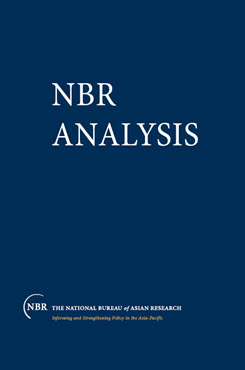Part One
Regional Issues in Southeast Asian Security
In the post-Cold War world, Southeast Asian leaders are exploring prospects for new collaborative security arrangements less dependent on benign mentors and more reliant on the supposedly shared interests of neighbors.
In the post-Cold War world, Southeast Asian leaders are exploring prospects for new collaborative security arrangements less dependent on benign mentors and more reliant on the supposedly shared interests of neighbors. This search for new regional approaches to security collaboration may be seen as an effort to go beyond the Cold War enunciation of a Zone of Peace, Freedom, and Neutrality (ZOPFAN) whose primary goal had been to keep the Russians and Chinese out of regional politics as the Western powers reduced their military.
During the 1980s, almost serendipitously because of the Indochina conflict’s threat to Thailand and the need to effect a unified position in United Nations debates on Vietnam’s occupation of Cambodia, member states of the Association of Southeast Asian Nations (ASEAN) began regular consultations among themselves and with external powers such as the United States, The European Community (EC), and Japan. These consultations were designed not only to force a Vietnamese exit from Cambodia but also to create the impression of a unified ASEAN position on the more general issue of Southeast Asian security. Annual ASEAN gatherings have helped to establish regional norms which would inhibit expansionist actions by any ASEAN state and create diplomatic alternatives for conflict resolution. Although formal mechanisms for peacekeeping, disarmament, and confidence-building measures (CBMs) are not in place for Southeast Asia, the organizational framwork of the annual ASEAN foreign ministers’ meeting is available to negotiate these arrangements if its members believe they should be devised.


